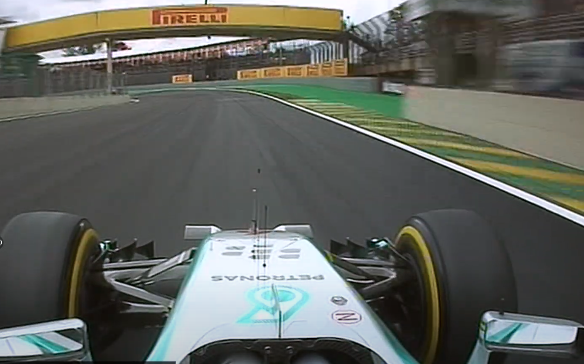The 2025 Formula 1 season is underway, and all signs point to an exciting competition. Seven-time world champion Lewis Hamilton moves to Ferrari, McClaren has regained its form, and multiple teams have brought new talent into the driver field this year.
F1 races 24 times this year, in 21 different countries (Italy twice, United States three times), and I thought I’d outline my favorite—and least favorite—tracks on the calendar.
In general, I like the wide-open tracks that have grass and trees around them, rather than the ones that are thrown together on city streets. There are several reasons for this, mostly aesthetics. The urban circuits all look somewhat the same, with three-foot-high white walls topped with catch fencing lining both sides of the track. Important for safety, sure, but all of those tracks start to look the same after a while. They tend to be flat, with no elevation changes. It may seem like a small thing, but hills can really add to the interest and appeal of a racetrack. Also, those white walls are unforgiving; it doesn’t take much of a driver error for the car to wind up against the wall, which results in a yellow or red flag, interrupting the flow of the race.
For me, “flow” is what it’s all about. The urban tracks are all right-angle turns and too choppy for my tastes. Give me a track that winds through a forest over a city track any day.
There are, of course, exceptions, as you’ll see in the following lists. Let’s start with my top-five favorite tracks:
1—Autodromo José Carlos Pace, Brazil
This year’s race: November 9
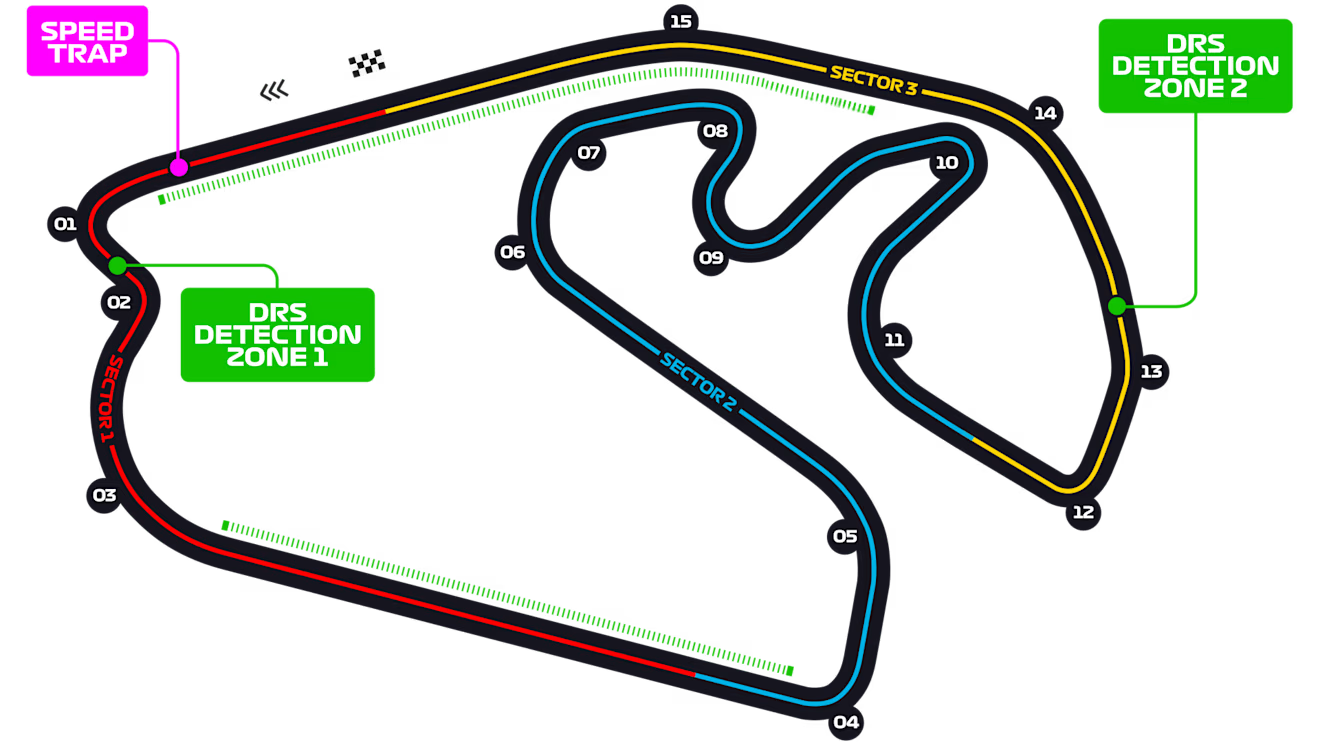
This track, located in São Paulo, has it all, and has produced some of the most exciting races in F1 history. Known as Interlagos, the circuit is just 4.3 km (2.67 miles), one of the shorter tracks on the calendar; furthermore, it twists in upon itself such that I’ll bet it has the smallest overall acreage footprint. The layout is designed for excitement. From the homestretch, cars dive into a tight first corner that heads sharply downhill through an S curve, which then opens up into a long, fast Turn 3. The long straight that follows provides a great passing opportunity into Turn 4, which then leads to the twisty and challenging infield section. Turn 10 is an especially tight right-hander, which then leads to five consecutive left turns to end the lap that total nearly 360 degrees. But that last portion of the track is all uphill, and it has been the scene of some memorable racing, none more dramatic than the last lap of the 2008 race—also the last lap of that season—when Hamilton overtook Timo Glock in the rain to clinch the driver’s championship.
You never know what you’ll get in terms of weather here, but you almost always know you’re going to see a good race.
2—Circuit de Spa-Francorchamps, Belgium
This year’s race: July 27
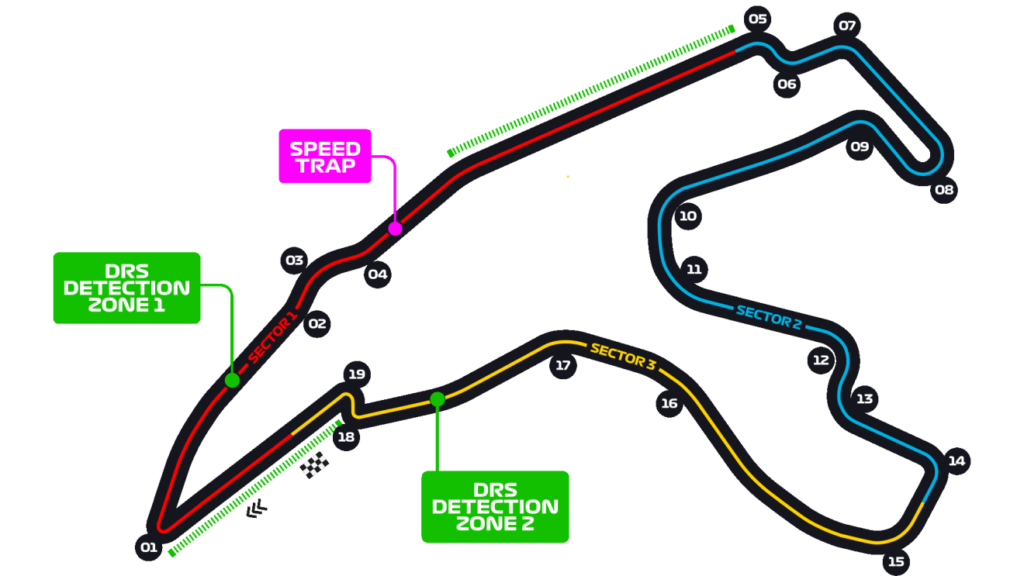
Spa-Francorchamps, located in the Ardennes Forest in eastern Belgium, is best known for one corner: Eau Rouge. In this video, it’s what you see right after you pass under the QATAR AIRWAYS sign about 15 seconds in. Eau Rouge is actually a series of three corners, left-right-left, which F1 drivers take at full speed. They bottom out at in the lowest point, then fly up the hill into a blind curve at the top in a breathtaking sequence.
But Eau Rouge isn’t the only thing Spa has going for it. The track features one long straight (right after Eau Rouge) and a series of long, flowing corners that lead up to a sharp chicane before the (very short) start-finish straight, which ends in one of the tightest hairpins in Formula 1. Maybe more than any other track, Spa is where Formula 1 cars are at their most beautiful.
3—Circuit Gilles-Villeneuve, Canada
This year’s race: June 15
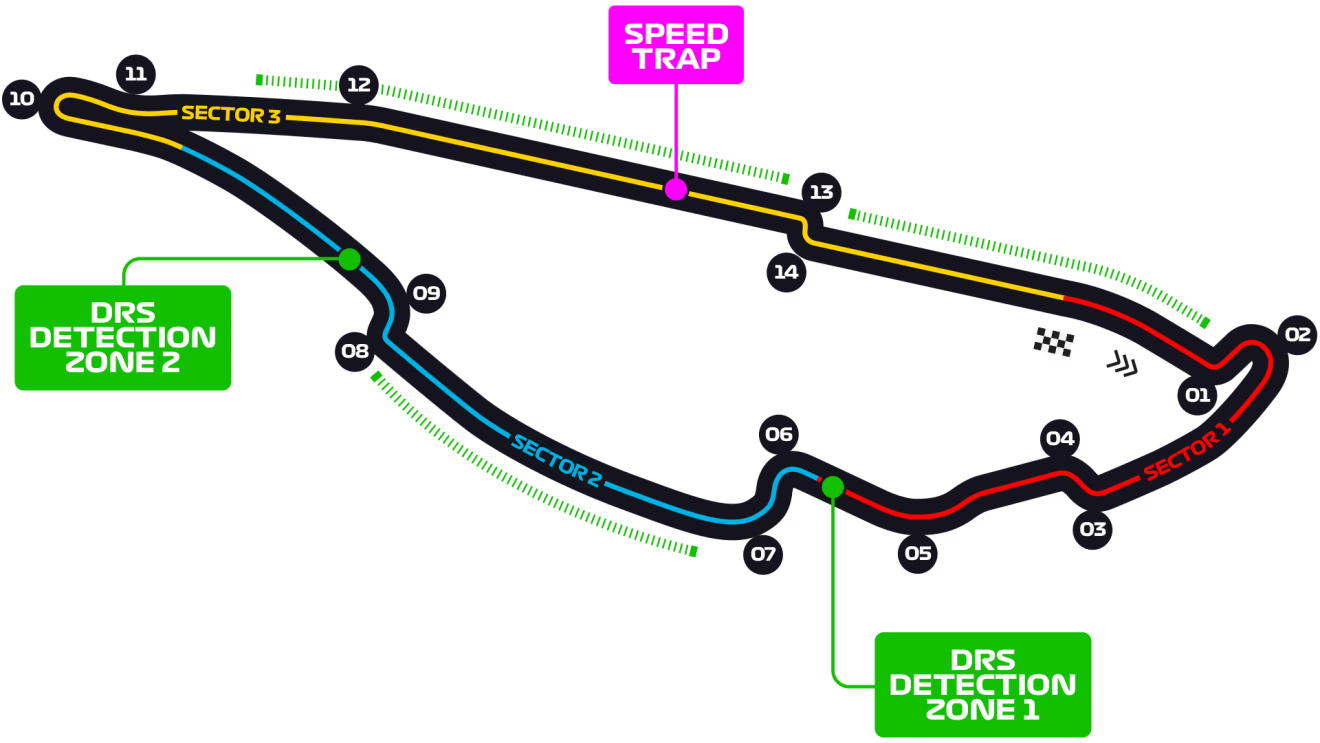
Canada’s race is on another fast, flowing track, built on an island in the St. Lawrence River on land that was used for the 1976 World’s Fair in Montreal. It features several longish straights, another very tight hairpin and three chicanes, the last of which is in between the long main straight and the start-finish straight. That chicane is where races are won or lost; drivers have to get the braking just right going into the right-hander, and then maintain enough momentum to retain speed down the second straight. Cars naturally drift to the right out of the chicane, and that’s where the dreaded “Wall of Champions” sits. The fastest racing line takes you to within inches of that wall; get it wrong, and your race is over.
4—Circuit de Monaco
This year’s race: May 25

OK, this track is everything I said I hated about urban race tracks. Narrow, surrounded by walls and catch fences, and basically no opportunities for passing.
But it’s Monaco. I fell in love with this track while watching—on the big screen—the movie Senna a few years back. The film featured a lengthy onboard of multi-world champion Ayrton Senna negotiating the Monaco track, and it was mesmerizing.
Sure, the track can produce some boring races since it’s nearly impossible to pass. But every corner is a landmark, and you feel like you’re a part of F1 history when you watch a race.
5—Suzuka Circuit, Japan
This year’s race: April 6
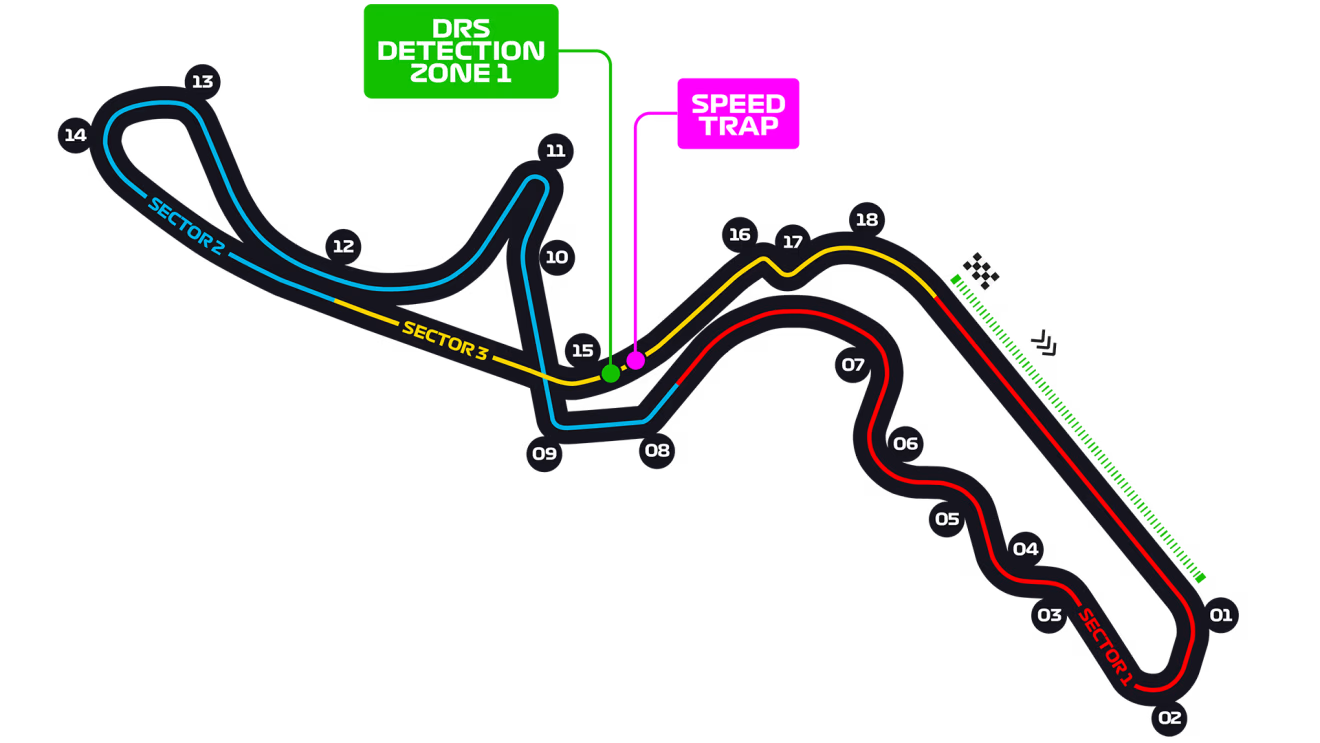
Yes, This Weekend!
Suzuka is another one of those tracks that just flows. There’s a variety of long, smooth corners, with a couple of sharper, slower turns thrown in for good measure. Basically, the first half is a long series of S curves, and the second half is dominated by a long straight leading into a full-speed left-hander. It’s also the only track in F1 that crosses over itself, so the basic configuration is like a figure 8—well, a psychedelic figure 8, maybe. There’s always some good racing here, and it’s fun to watch.
The Bottom Five
These are the races you don’t necessarily need to set your DVR to record; not a big problem if you miss them. They’re the narrow, mostly urban tracks where corners are tight and passing is almost non-existent. They seem to be the trend lately—most of them are fairly new facilities—but that doesn’t necessarily mean they produce interesting races. Two of them, sadly, are in the United States.
• Las Vegas—This year, November 22. The dead pig track. Not only do they run it on narrow, wall-lined city streets, they hold the race in the middle of the night. So if you want to watch it, you have to either stay up at an ungodly hour or record it, just like all of those European races that are held overnight in U.S. time zones.
• Miami—This year, May 4. They run this one around the Hard Rock Stadium. Way too Miami for my tastes.
• Saudi Arabia—This year, April 20. This track’s on city streets, but also is one of the highest-speed tracks on the F1 calendar. Good luck passing, good luck even seeing around the next corner.
• Singapore—This year, October 5. Again, city streets, very tight corners, very little passing. Like Vegas and Saudi Arabia, they hold it at night to dress it up a little, but it doesn’t help.
• Netherlands—This year, August 31. This one at least is an older track that has been brought up to modern standards. But it’s still very twisty and narrow and you feel like you’re watching a pinball game rather than a car race.

